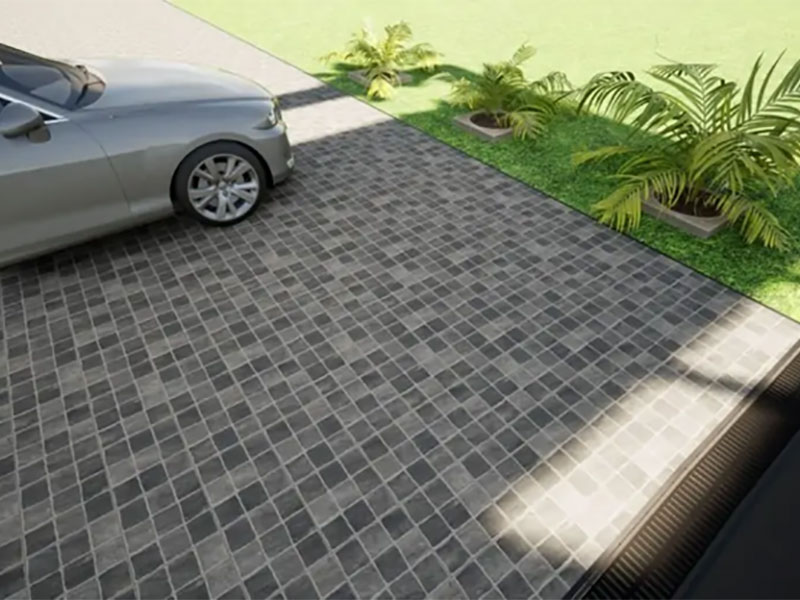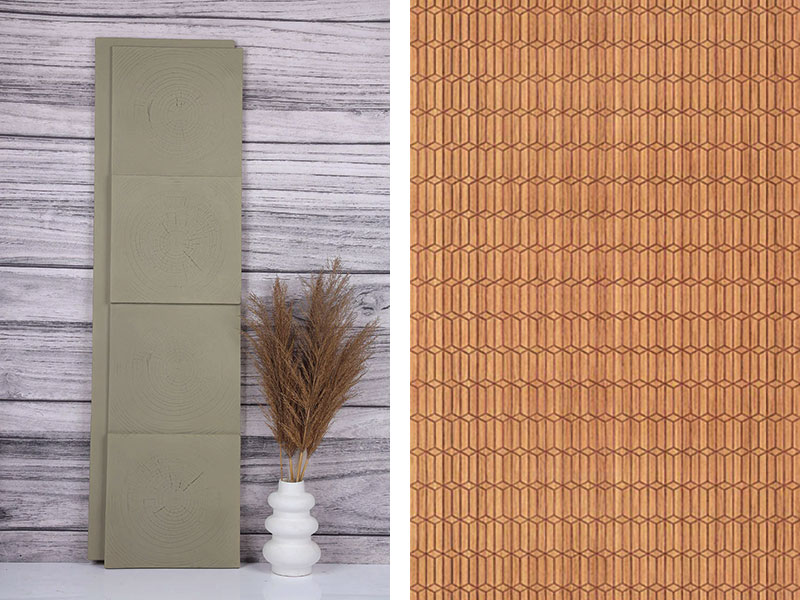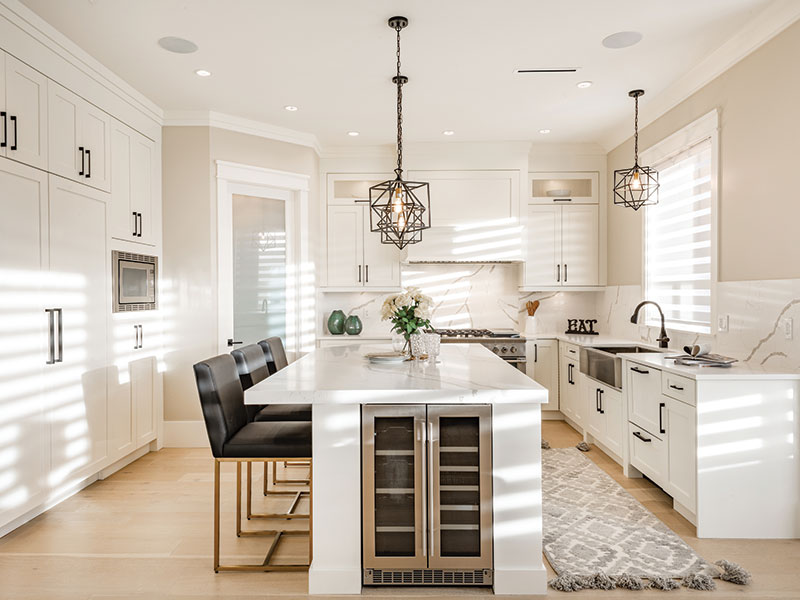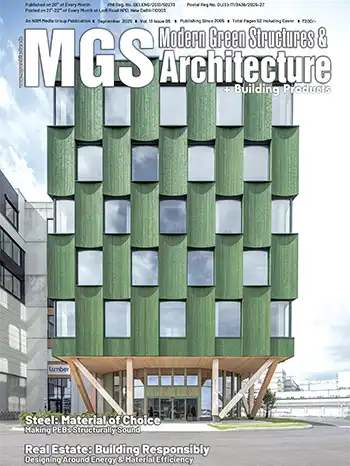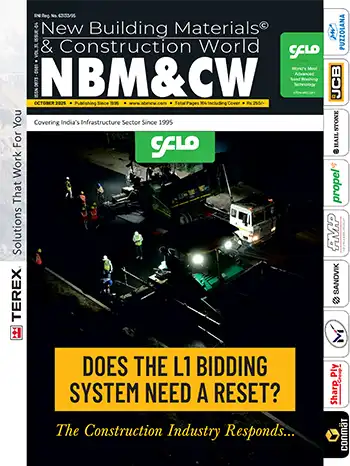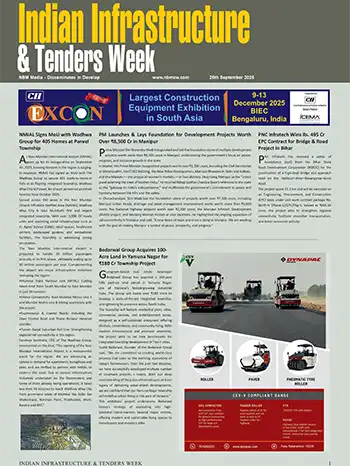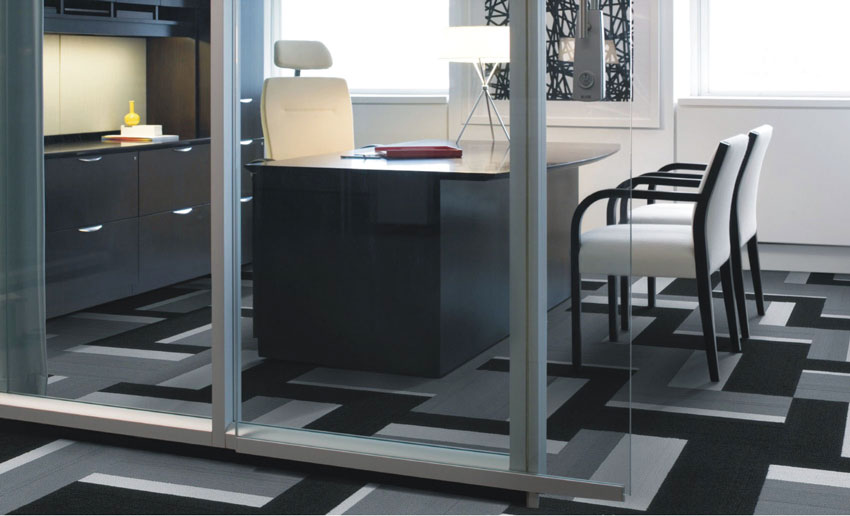
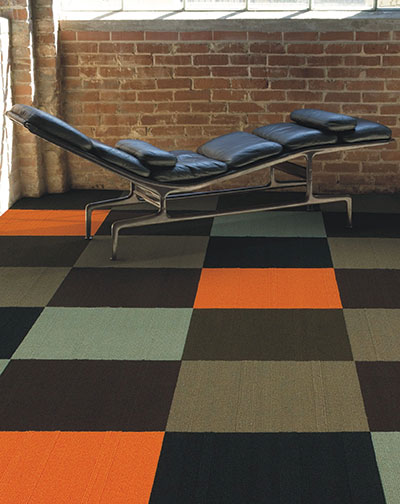
At the heart of Convert is InterfaceFLOR’s ability to recycle – or “reinyarnate” – all nylon face fiber into a clean stream of recycled nylon. With this technology, InterfaceFLOR is aggressively recycling both its own as well as its competitors’ old carpets into InterfaceFLOR Convert. The Convert collection has the largest recycled content (as high as 72%) among any carpets available.
Designed by David Oakey, the Convert collection shows how beautiful recycled content can be – old dirty carpets transformed into sophisticated and appealing designs debunking the myth that reclaimed and recycled cannot be beautiful. It is also another large step towards InterfaceFLOR’s Mission Zero promise to eliminate any negative impact on the environment by 2020.
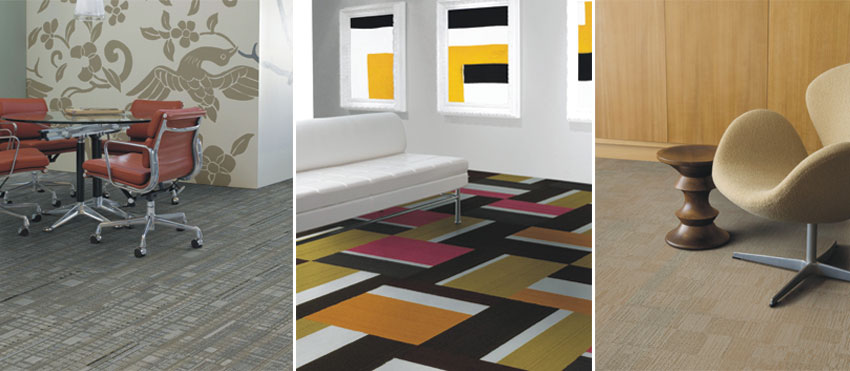
Speaking on the occasion, Neel Bradham, Senior Vice President of Sales & Marketing for Europe, Middle East, Africa, and India (EMEAI) of InterfaceFLOR said, “Just as modular tile signaled a new day in the flooring industry, and i2 taught the world about biomimicry, Convert is our third major step in redesigning design. By making life cycle analysis the primary consideration in our design, we are creating beautiful and sustainable solutions that last a lifetime and propel us towards Mission Zero.”
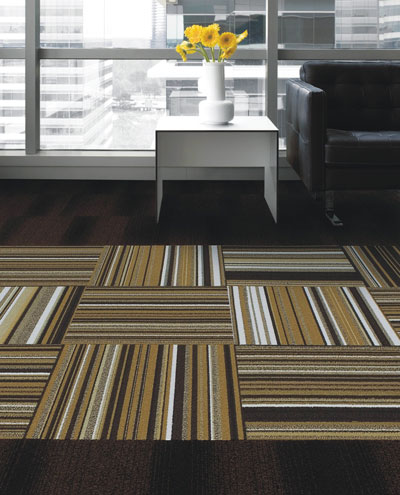
Globally, InterfaceFLOR is widely recognized as a pioneer in sustainable manufacturing and business practices and has won numerous design and innovation awards for its market-leading modular floor covering products. In addition, it has also become widely recognised as a pioneer in sustainable manufacturing and business practices, and has won many prestigious accolades for its environmental initiatives.
During the mid nineties, the company’s founder and chairman, Ray Anderson, put the company on track to become the first sustainable company by 2020. Now defined as Mission Zero, the company’s drive to achieve a zero environmental footprint is a central part of the organization’s ethos and culture.
The company’s aim is to move from the traditional industrial approach of ‘take, make, waste’ and move towards a more natural or cyclical system of material and resource flows. Encouraging other companies to follow its lead in resource friendly manufacturing policies and processes is also a central part of the environmental mission.

